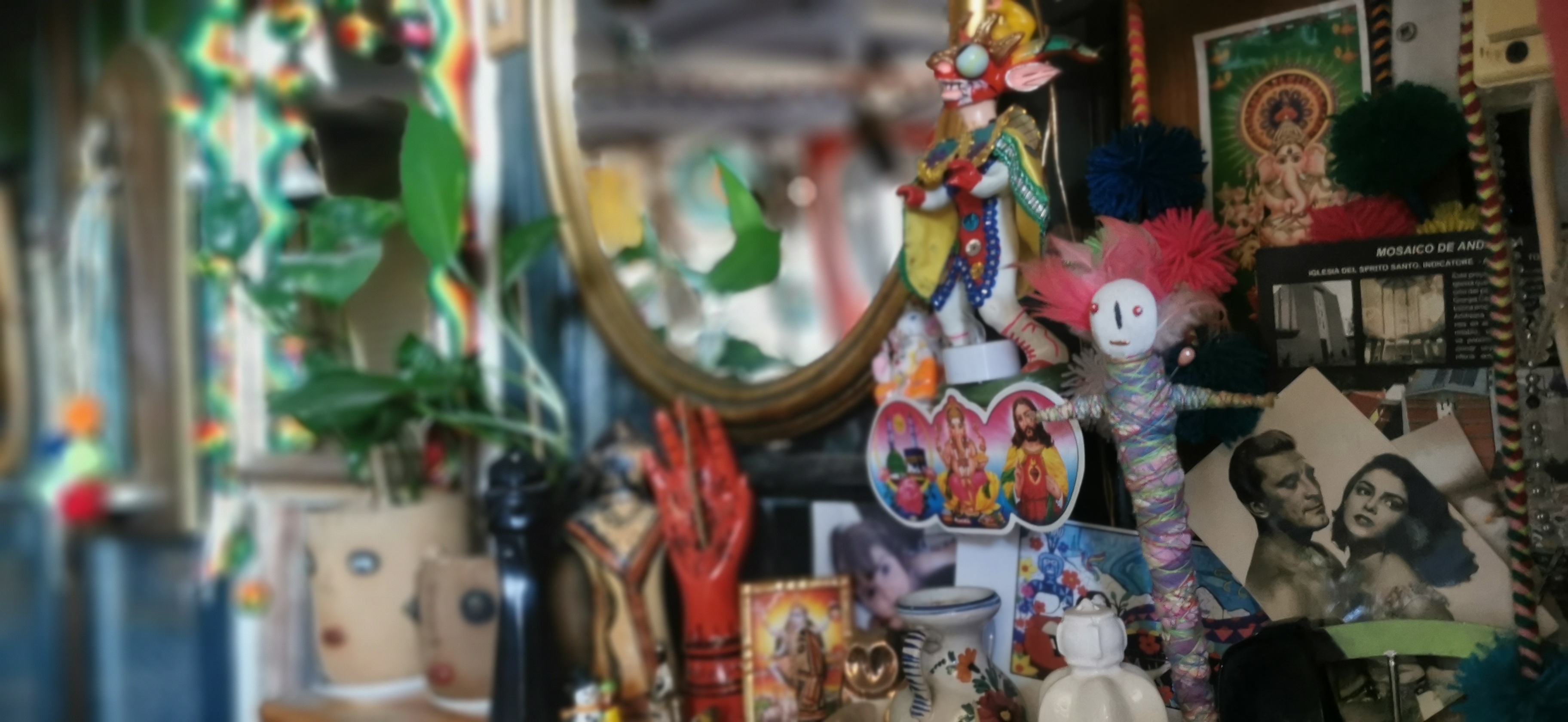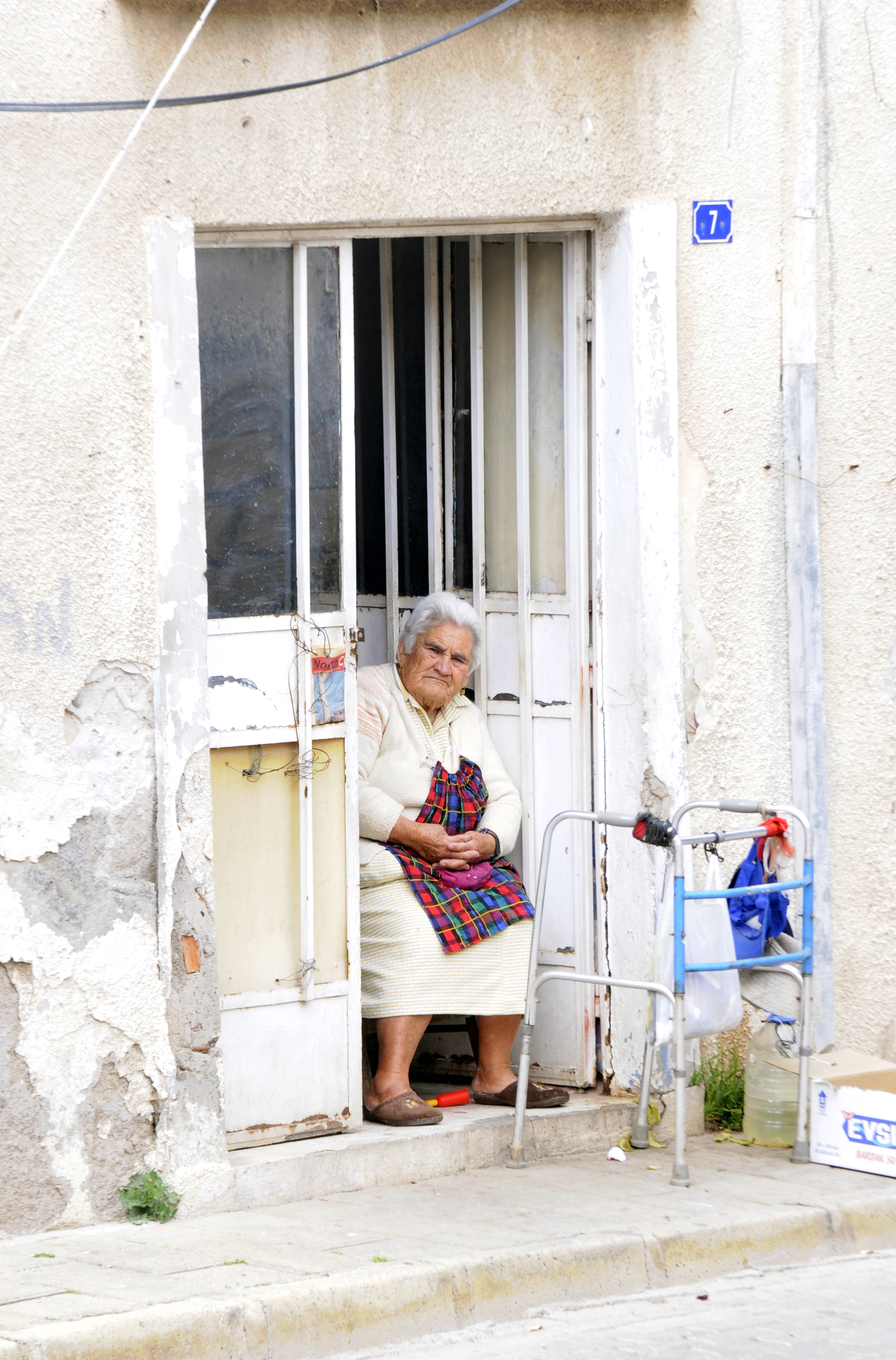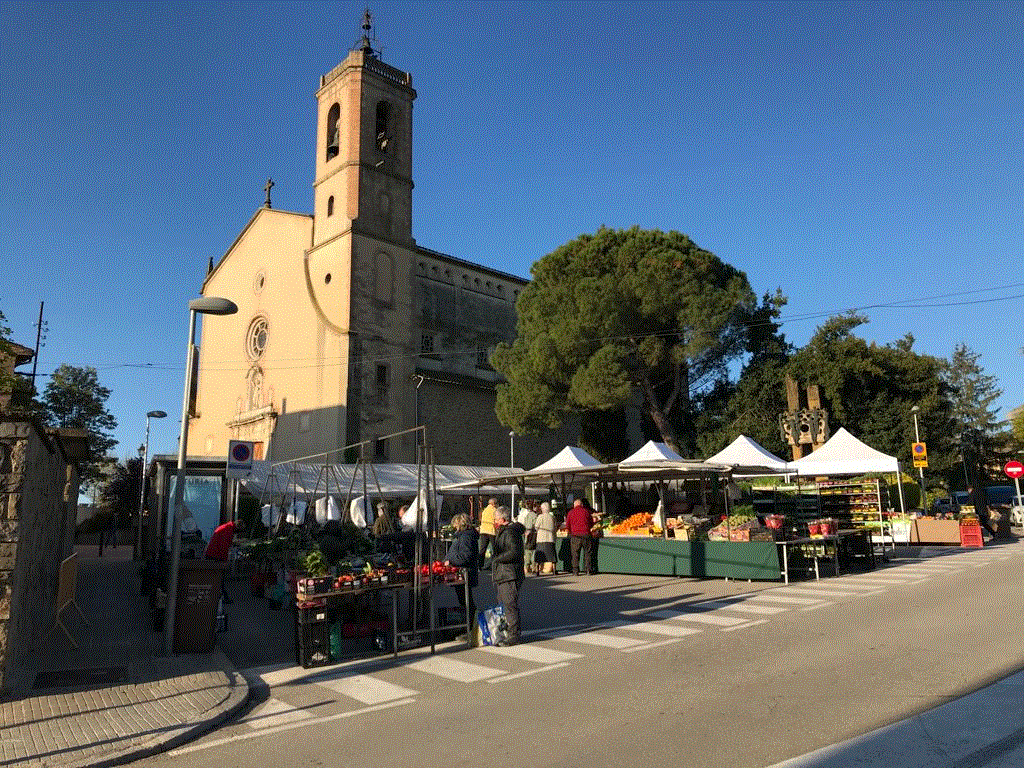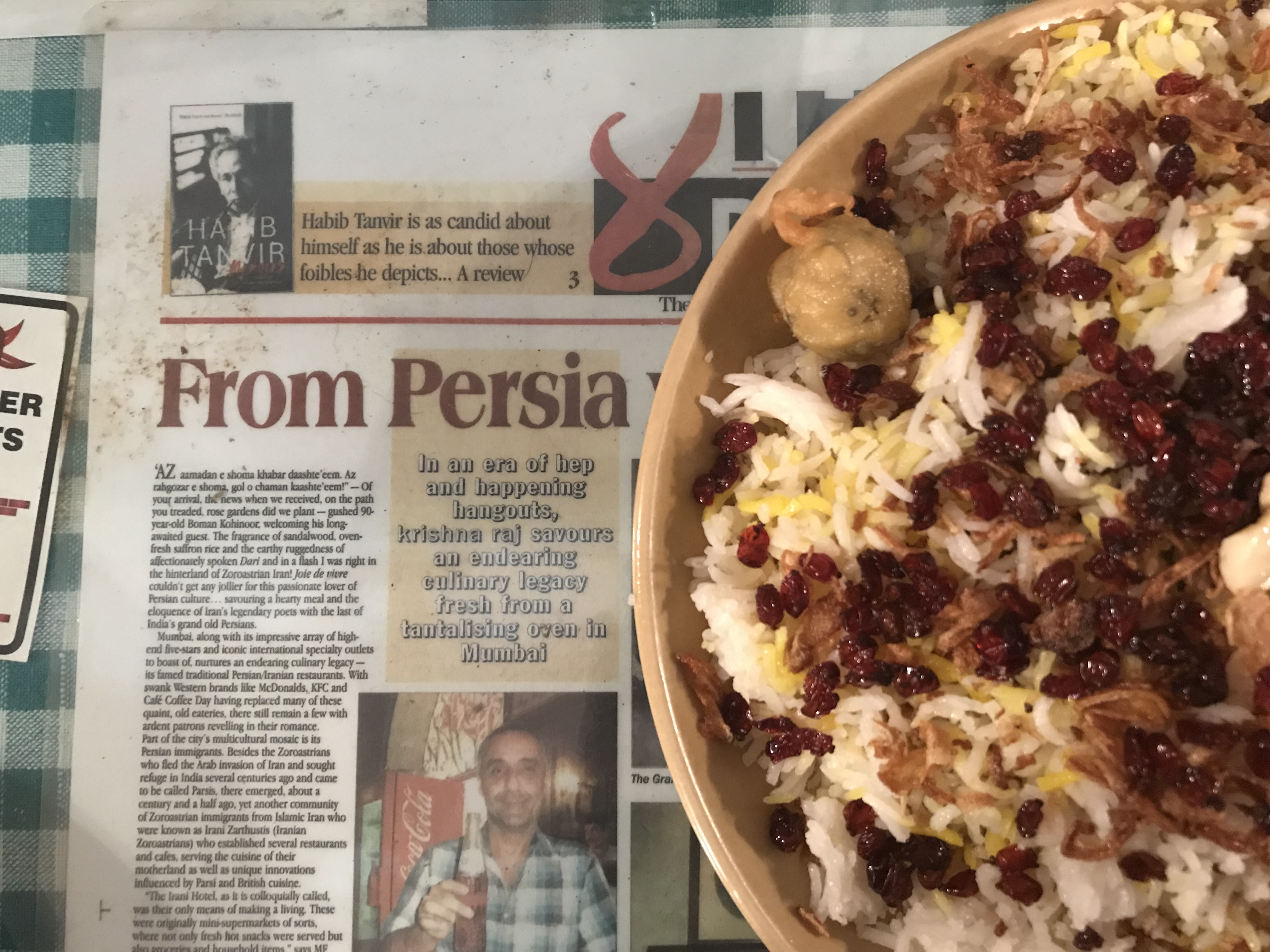
31/05/22
The corner of memories
Nevenkart
All my memories, all the souveniers of my roots, places I have visited, friends gifts stay together in this shrine that makes me fell I'm closer to the people and places I love
Winner of the fourth prize of the A-Place Mapping contest "Share your experiences of domestic places" 2022



14/06/21
Ghost City
Pooya
Signboards, arrows and so on are not always leading you to the destination. A place definition may change by passing times.


14/06/21
Power of ‘Place’
Lakshmi Priya
The image is set against the massive compound wall of the 8th century Sri Parthasarathy temple complex dedicated to Lord Krishna located at Tiruvellikeni, Chennai. Deriving its name from the holy tank, Tiruvellikeni remains subconsciously indissociable with the temple context.
The image captures a scene of the weekly market held along the streets bordering the temple complex. The market is a major attraction amongst the local people as it offers a variety of things catering to all age groups, from toys to household utensils at a reasonable price. Apart from this, the market is especially popular for its additional entertainment such as balloon shooting, ‘robot’ astrology and handicraft making, adding more vibrancy to the overall experiences of the market.
Interestingly the mind’s eye needs to delve deeper into the multiple layers embedded within the scene to comprehend the underlying connotations of peoples’ lived experiences of the marketplace. Amidst all these ‘visible’ aspects of the market, a significant feature that blends perfectly with the colourful and lively ambience so as to transform itself almost into an ‘invisible’, is the temple’s compound wall. Humbly playing a perfect backdrop for the shops arranged along its entire length, it firmly connects people with the context at various levels. Functionally its physical continuity creates a sense of direction and movement for people amidst the busy and crowded settings of the market environment. In its immediate context the temple’s compound wall partly painted (red and white) below symbolising auspiciousness and its natural colour and texture on the top evoking a strong sense of past, plays a passively active role in reassuring the cultural identity of people. In the larger context, the temple itself acts as a metaphor for continuity in time, subconsciously providing the required sense of stability and security amidst the rapid changes of modern society.
Linked strongly to the temple context, the tangible aspects of the marketplace, people, objects and colours interpenetrate and superimposes onto one other, creating a strong sense of identity both at an individual and collective level. There exists a momentous transactional relationship between people and the place, where people identify themselves with the place and in turn, the place reciprocates in reassuring their identity physically, symbolically and metaphorically thereby firmly anchoring people to their lives. This great ability of place to ‘orient’ people amidst the rapid changes of modern society is a panacea for the present era of alienation. Remarkably, the wall not only acts as a physical backdrop for the market but unconsciously ‘situates’ people in their everyday living, establishing a profound and meaningful relationship with the physical world –the very essence of human existence.
The market scene epitomises the richness of intangible aspects of places rendering the meaning to our tangible experiences in everyday life, asserting the extraordinary power of ‘place’.
Winner of the fourth prize of the A-Place Mapping contest "Share your experience of places" 2021

09/06/21
Ariadna en el Cercle
patunikos
Patrimoni Vilanova i la Geltrú
Autor: ôscar Estruga i Andreu (2007)
Material: bronze


05/06/21
Culture, Spaces & People
Daksh Jain
The browns of the walls have grown pale and peel. The wooden drawers are the cash register. The lone chandelier, dusting peeling paintwork and ceiling fans that whirr above the chattering crowd with life-sized cutouts of the Duke and Duchess of Cambridge smiling down at visitors from the dining room's slightly slanting balcony, amongst all this pageantry, Welcome to Britannia & Co in Ballard Estate, Mumbai. One of the many Iranian/Parsi cafes in Mumbai, it is one of the most revered space to learn the cultural extravaganza of Parsi community. This place is a phenomenon of cultural capital that has been exported from a foreign land, brought to this land by a settler community and yet it has ingrained itself in the rhizomatic layers of the city. These cafes, with their magnificently faded, time-capsule dining rooms and speciality dishes, are a gloriously eccentric part of the fabric of Mumbai. They are democratic and inclusive places, where people of all backgrounds, classes and sexes meet to indulge in conversations, cuisine and langauage that forms the crux of intangible cultural heritage of the city.
While I sip my Irani chai(tea) with Maska-bun and wholesome Berry Pulao, I wonder how a smaller space like this has been a witness to mutilitudes of stories, emotions and cultural transactions over a century and has formed a cultural niche in the identity and imageability of the city.